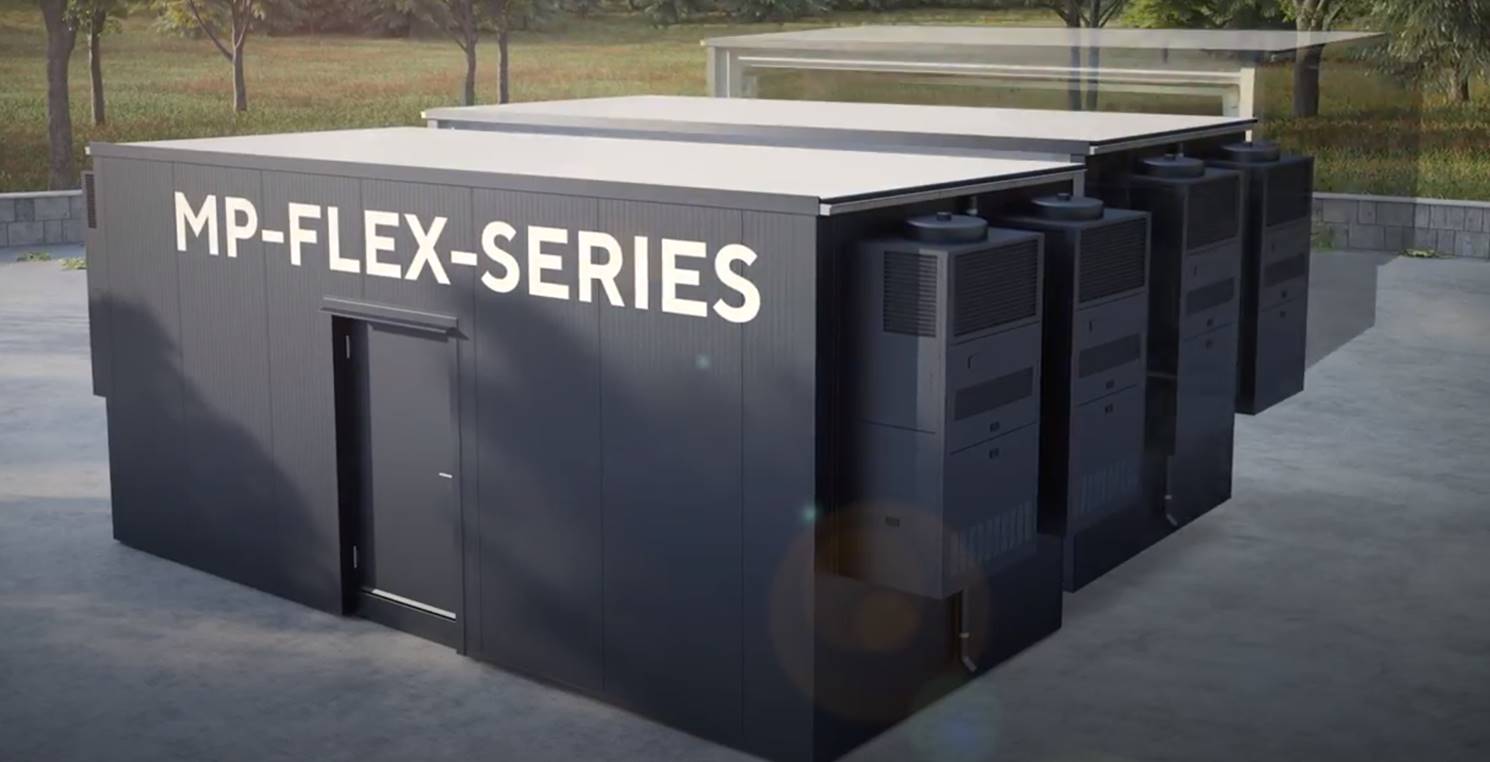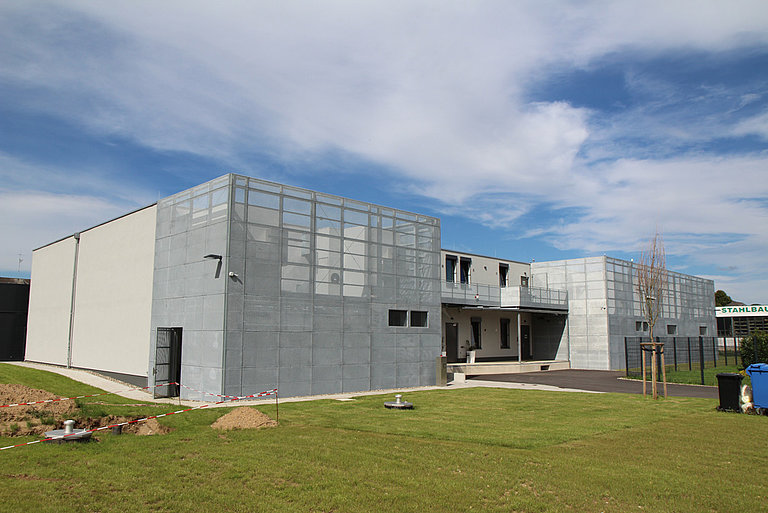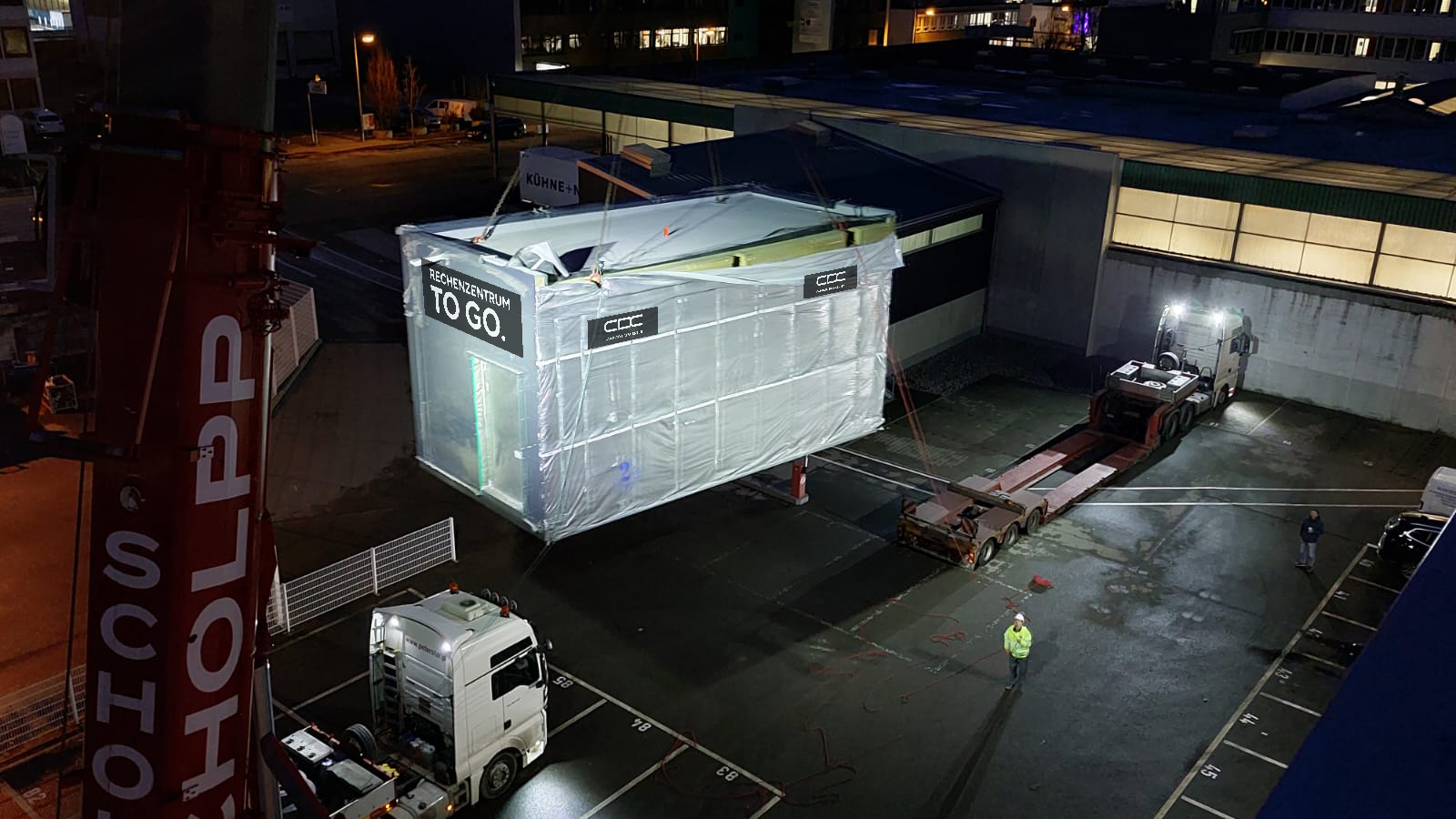What is the F-Gas Regulation?
The F-Gas Regulation is an EU regulation that restricts and regulates the use of fluorinated greenhouse gases (F-gases). The aim is to reduce greenhouse gas emissions and thus help protect the environment and combat climate change. The regulation first came into force in 2006 and has been revised several times since then. It regulates the use of F-gases in various industries, including information technology.
F-gases are commonly used in refrigeration, air conditioning and fire suppression systems. However, they are a major contributor to greenhouse gas emissions. Compared to CO2, F-gases have a much higher global warming potential (GWP). One kilogram of F-Gas can contribute up to 23,000 times more to global warming than one kilogram of CO2.
The F-Gas Regulation aims to reduce the consumption of F-Gases by 79% by 2030 compared to 2015. Among other things, it mandates that operators of facilities using F-Gases must meet certain requirements. These include:
- Registration obligation: operators of facilities containing F-gases must register their facilities with a competent body.
- Certification obligation: Persons who carry out work on plants containing F-gases must prove by means of certification that they have the necessary expertise.
- Use of recycled or reprocessed F-gases: Plant operators must use recycled or reprocessed F-gases if technically possible and economically viable.

What does the F-Gas regulation mean for data center operators?
The F-Gas regulation also has implications for data center operators. Data centers usually require air conditioning systems to cool the servers and other IT systems. These air conditioning systems may contain F-Gases.
Data center operators must therefore ensure that they comply with the F-Gas Regulation. This includes, among other things, performing regular maintenance and repairing leaks in the systems as quickly as possible if necessary.
To reduce the use of F-gases, there are several technologies and approaches that data center operators can take. For example, they can switch to air conditioning systems with lower F-Gas content or use alternative cooling systems such as free cooling. Using F-gas-free fire suppression systems such as inert gas extinguishing systems is also an option.
In summary, the F-Gas regulation is an important step in reducing greenhouse gas emissions. Data center operators must comply with the regulation to reduce the environmental impact of F-Gases and avoid fines or other penalties. However, some of the measures they can take to meet the requirements of the F-Gas regulation may come at an additional cost. For example, using alternative cooling systems or regularly inspecting and maintaining equipment may require additional investment.
However, data centers that make an effort to make their cooling systems more efficient and reduce the use of F-Gases can also benefit from cost savings. Using lower F-gas air conditioning or alternative cooling systems can reduce energy consumption, resulting in lower electricity bills. In addition, using more efficient cooling systems and avoiding F-Gas leaks can also lead to higher IT system availability by minimizing downtime due to maintenance or repairs.
Overall, the F-Gas regulation is an important step towards a more sustainable and environmentally friendly IT sector. Data center operators should familiarize themselves with the regulation’s provisions and review their cooling systems and equipment for compliance. They should also consider alternative technologies and approaches to reduce the use of F-Gases and improve their environmental footprint.






